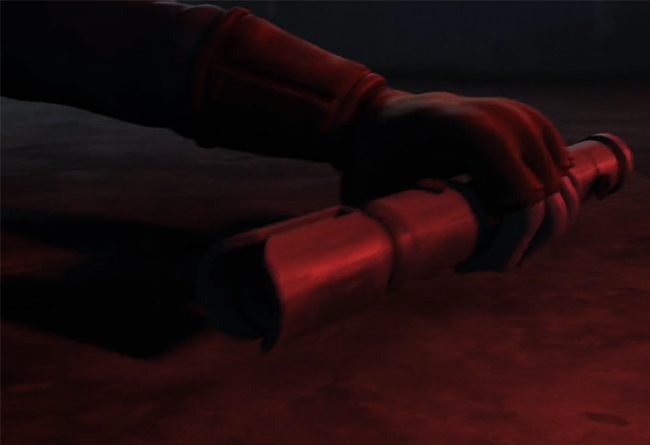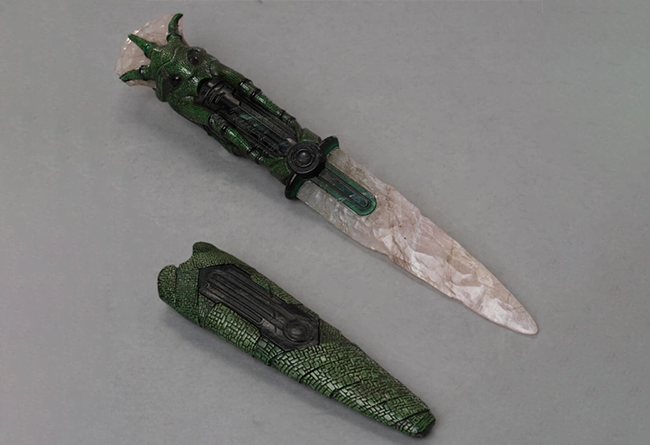Model: Katarn-class Mk I Commando Armor
Type: Heavy combat armor
Scale: Character
Cost: Not available for sale (100,000 estimated black market)
Availability: 4, X
Armor Protection: +2D to resist damage, -1D to Dexterity and related skill checks
Game Notes:
— Polarized lenses to prevent flash blinding
— Voice activated comlink
— Heads Up Display with GPS (if available)
— Targeting reticule, +1D to ranged weapon skill checks
— Friend or Foe system
— Electrobinocular viewplate with night-vision (50-100/200/500, +1D modifier to visual perception rolls at 100+ meters, can see in near total darkness up to 60 meters)
— Filtration system protects wearer from toxic environments
— Climate controlled body glove allows operation in uncomfortably cold or warm climates and allows up to 20 minutes exposure to the vacuum of space.
— Chronometer
— Vibroblade and sheath (STR+2D)
— Backpack used to carry specialized equipment, additional ammo, explosives, medical gear, rations and survival gear.
Background: Armor used by clone commandos during the Clone Wars. It weighed 20 kilograms and provided better protection than standard clone armor, due to the special composition and novel chemical properties of its armor plates, along with the inclusion of deflector shields. It was also designed for easy bacta injection via handheld dispensers. Katarn armor was often highly customized by the clone commandos who wore it.
While there were several variations of this armor, certain features remained constant.
Helmet: The helmet of the Katarn-class armor had a HUD or heads up display that consistently displayed tactical data such as the location and distance to the target, the health of the wearer and the strength of the suit’s shielding. The helmet could system link to others through the use of an internal communications antennae allowing each member of a squad to keep track of their comrade’s health and location. Specialized internal sensors could detect the make, model, and relative accuracy of every weapon that a commando used, and could adjust the format of the targeting reticule for differing weapons. The Helmet had a built-in filtration system which could extract oxygen from toxic environments. The visor was designed to incorporate electrobinocular and night-vision mode. It also controlled the environmental features of the suit and had a tactical spot lamp.
Body: The body of the armor boasted reinforced duraplast plating for defense against blaster fire and other anti-infantry weapons. Its design included resistance to extreme heat and cold. The suit could be fully sealed allowing a commando to survive in vacuum for up to 20 minutes. The knuckle plate of the armor featured a retractable vibroblade used for close quarter combat and covert encounters. It also contained multiple sensors, including touch induced sensors and environmental sensors as well. Additionally, it had a chronometer featured on the forearm plate.
Backpack: The backpack featured specialized ammunition cartridges that held various types of ammo, and was reconfigurable for many different missions, such as an extra oxygen tank for aquatic and space-borne environments, a large bacta dispenser for augmented healing, or even an external communications array for long distance communications (i.e. subspace transmissions). The backpack usually carried: Explosives, ammo,medical gear,stealth gear, and either rations or gadgets used to survive in different operations. The backpack had a display on it that showed the last two digits of the individual commando’s ID number.





